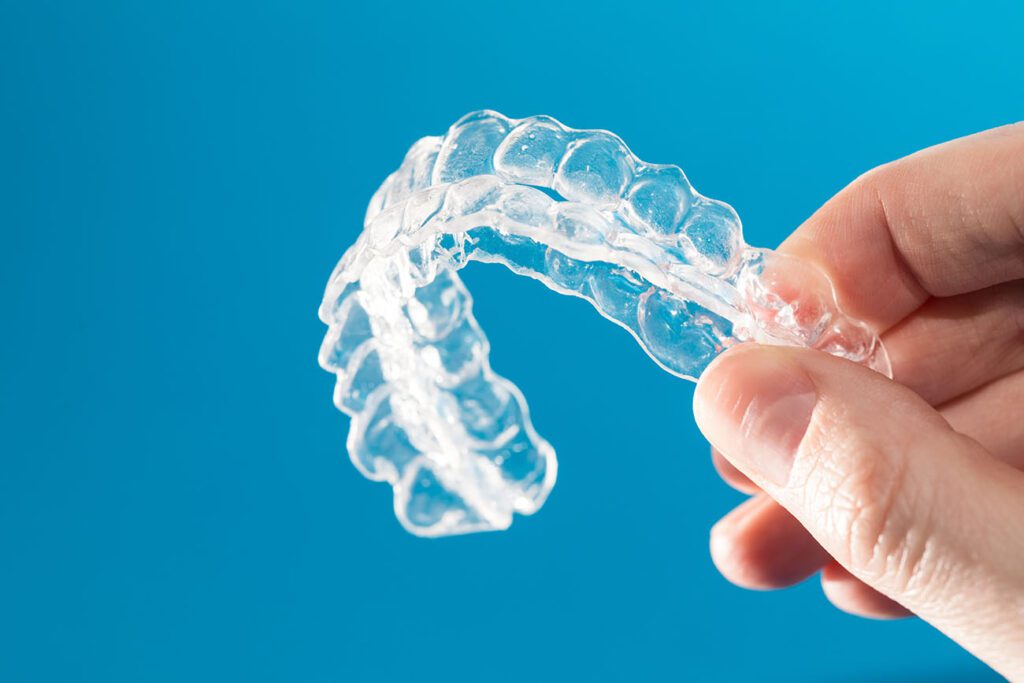Invisalign offers a modern alternative to traditional braces. It uses clear aligners to straighten teeth. These aligners are nearly invisible. They appeal to both adults and children. But when can children start treatment? Understanding the right age and conditions for starting Invisalign is crucial.

Age Considerations for Invisalign
Generally, children should have most of their permanent teeth. This usually happens around ages 11 to 13. However, some children might qualify earlier, depending on their dental development. Younger children might not have the necessary discipline to wear aligners consistently. This is a critical factor in the success of the treatment. Each child is different, so age alone should not be the sole determinant. Dental professionals assess various aspects before recommending Invisalign.
Early Orthodontic Assessment
An early orthodontic assessment can help. Dentists recommend children visit by age 7. This allows the dentist to identify any potential issues. Early intervention could simplify future treatments. It can also determine if Invisalign might be an option. Early assessments can catch problems like overcrowding or bite issues. Treating these issues early often prevents more severe problems later. The assessment involves a comprehensive exam. X-rays and 3D imaging may be used. This helps in forming a detailed understanding of the child’s dental structure.
Benefits of Invisalign
Invisalign offers several benefits for younger patients. The aligners are removable. This makes it easier for children and teens to maintain oral hygiene. They can brush and floss without obstructions. Invisalign aligners are also comfortable. They lack the metal brackets and wires of traditional braces. This reduces the risk of mouth sores and irritation. Patients can remove the aligners for eating. This means no dietary restrictions. They can enjoy their favorite foods without worry. Invisalign may also boost confidence. The clear aligners are less noticeable, often making children and teens feel more comfortable in social situations.
Monitoring Compliance
Parents should monitor their child’s compliance with wearing aligners. Children need to wear them consistently. Otherwise, the treatment may not be effective. Some aligners come with compliance indicators. These indicators help parents and dentists track wear time. The indicators change color based on wear time. This provides a visual cue for compliance. Regular dental visits are also essential. These visits ensure the treatment is progressing as planned. Dentists can make adjustments if necessary. Monitoring compliance is a shared responsibility between parents and children.
Consulting with a Specialist
Consulting with a specialist is crucial. A dentist or orthodontist can assess your child’s teeth. They can determine if Invisalign is a suitable option. Your dentist will consider factors such as the complexity of the case. They will also consider the child’s ability to follow instructions. Specialists have the expertise to make informed recommendations.
Possible Limitations
Invisalign may not be suitable for all cases. Complex dental issues might require traditional braces. Severe crowding or bite problems might need more intensive treatment. The dentist will discuss all available options. They will recommend the best course of action. Invisalign could be effective for mild to moderate issues. However, it may not address severe misalignments. Traditional braces offer more control for complex cases. The dentist will explain why a particular treatment is recommended. This ensures you understand the rationale behind the decision.
Interested in exploring Invisalign for your child? Visit Children’s Dental Specialties. Our experienced team can help. We provide comprehensive orthodontic assessments and personalized treatment plans. Contact us today to schedule a consultation. We look forward to helping your child achieve a beautiful smile.
